
Khlyst Sect 2022 Demo YouTube
Khlysty Sect Khlysty sect splintered off from the Russian Orthodox Church. Grigori Rasputin first heard about it from a seminarian from the monastery of Verkhoture. Verkhoture was a breeding ground for the sectarianism. The monks apparently followed the external rules of Orthodoxy but strictly adhered to the precepts of the sect.
.jpg)
Les flagellants khlysts khlysty Die ChlystySekte Konovalov, Vasili Vasilyevich(1864
The term khlyst, like the American English word "cultist," lacks precision since it does not refer to a single religious tradition or set of practices. For example, the term khlyst was originally applied to the followers of Danilo Filippov, a 17th-century Kostroma monastery peasant who apparently claimed to be an incarnation of Christ.
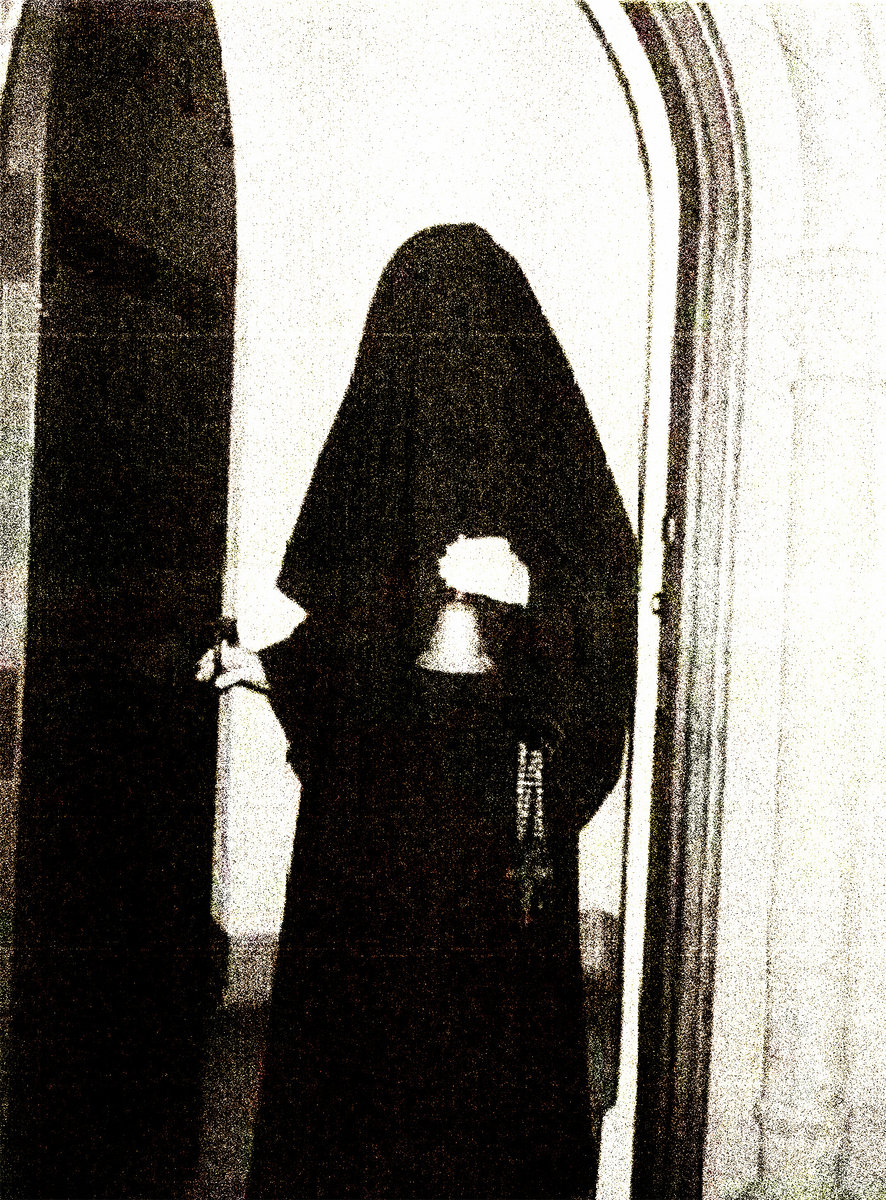
Khlyst Sect Khlyst Sect
The Khlysts or Khlysty (Russian: Хлысты, IPA: [xlɨˈstɨ], lit. "whips") were an underground Spiritual Christian sect, which split from the Russian Orthodox Church and existed from the 1600s until the late 20th century. The New Israel sect that descended from the Khlysts still exists today in Uruguay.

The Religious Sect Rasputin Supposedly Got His Magical Powers From Cultura Colectiva
For a project that strove to conflate nation-state with a specific religion, sects represented an exception and a threat.. no. 8 [1994], 163-88, discussed also in Etkind, Khlyst, 312-89.
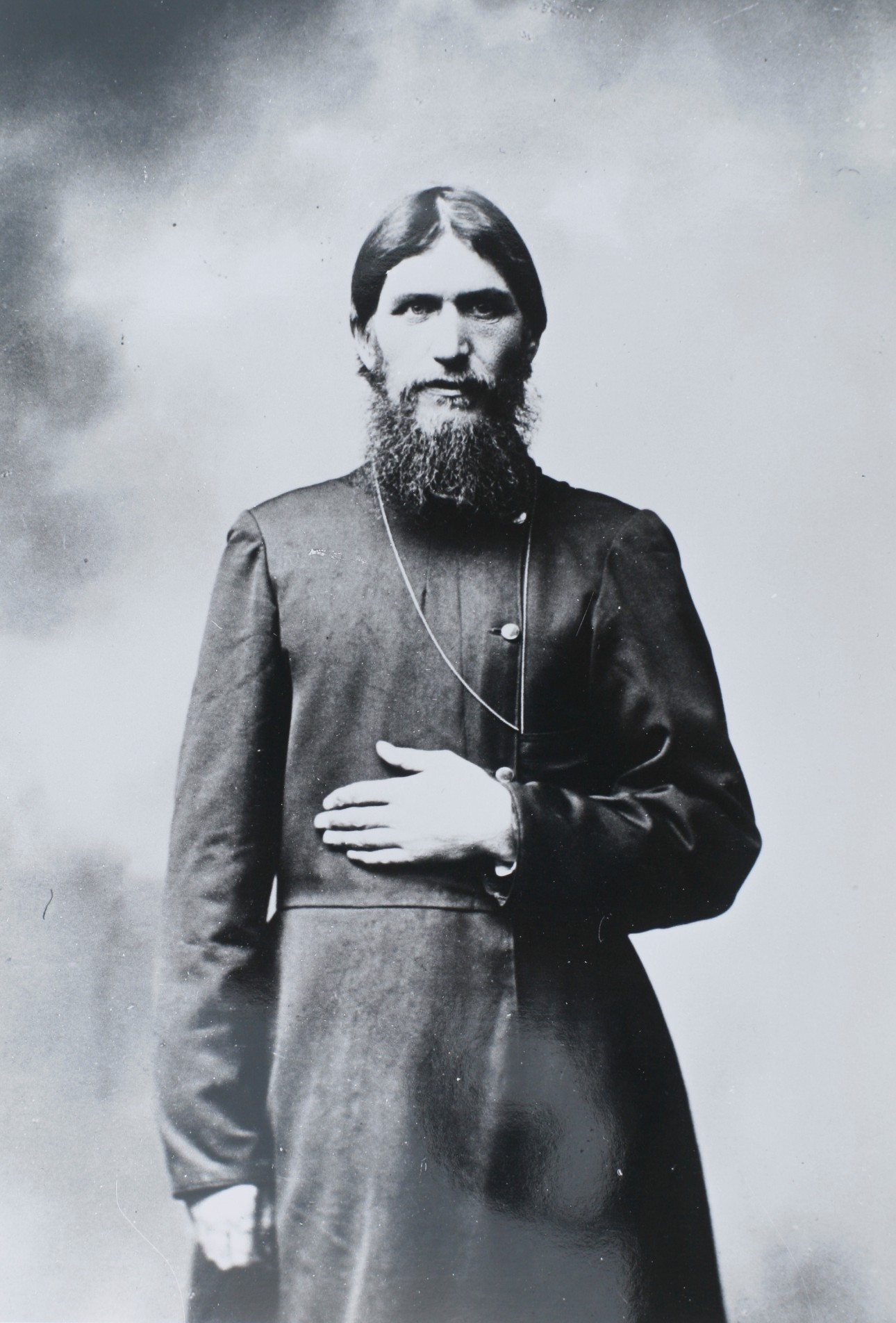
Religious sects in Imperial Russia Khlysts and Skoptsy Sang Bleu
The meaning of KHLYST is a member of a secret Russian Christian sect that originated in the 17th century or earlier, taught that God becomes incarnate in many Christs through their suffering, and followed ascetic and ecstatic practices.
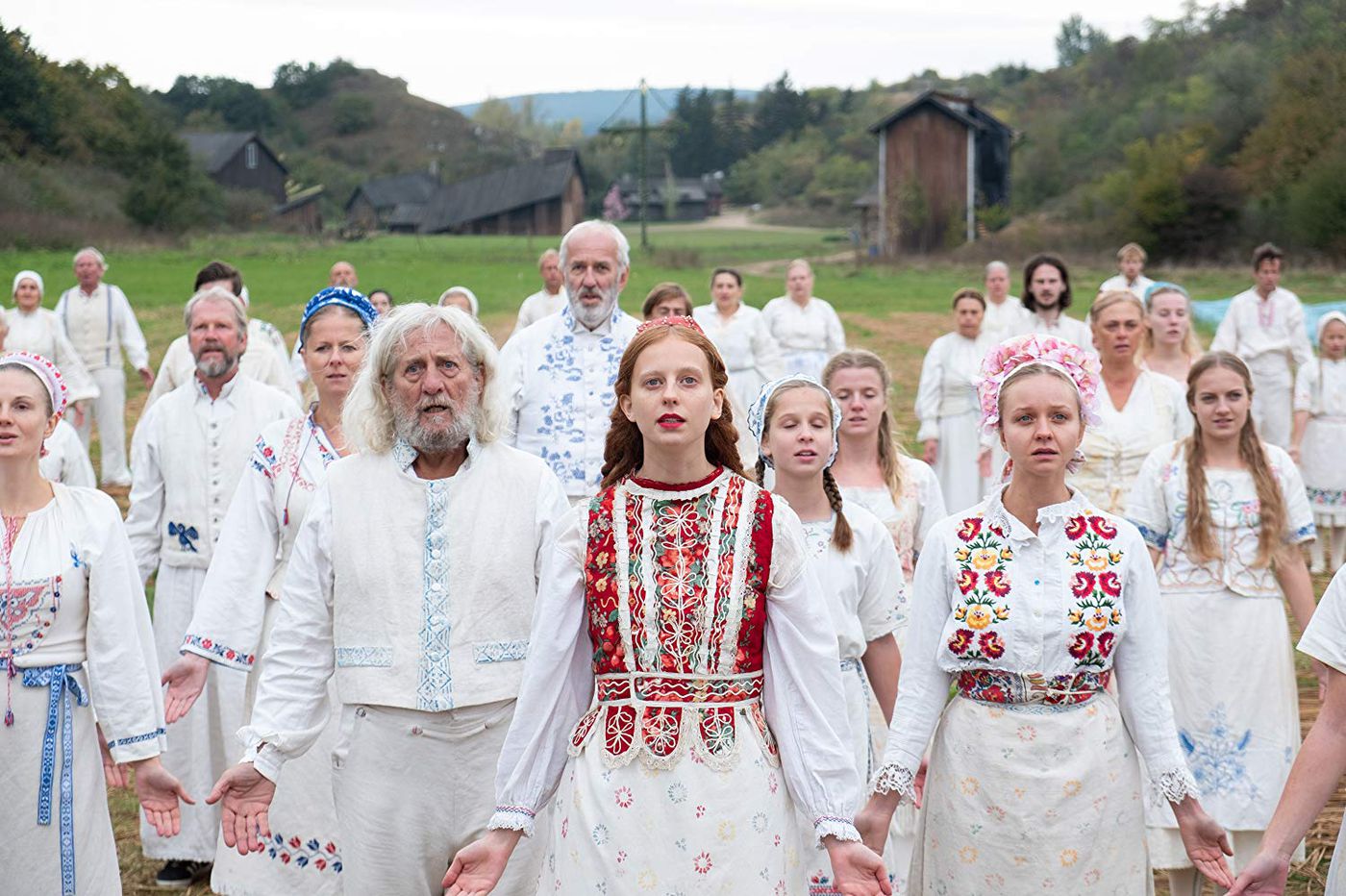
SEKTE NA DRUŠTVENIM MREŽAMA I UTICAJ NA DECU
Another accepted etymology is "klyster," meaning "the one that purges," and the one given by its critics is "khlyst," meaning "whip," since it's highly believed that one of their practices was auto-flagellation (and ritual orgies), but we'll get there in a moment.

Christian Sects over the History Designs English Christian denomination, Bible history
This chapter is devoted to the historiography of the Khlyst movement in Russia during the second half of the 19th century and the beginning of the 20th century. The Khlysts, who were known as Khlystovshina or Bozhii ludi [God's People], were a mass religious movement. The sect, which was formed in the 17th century, existed until the 20th.

Churches, denominations, sects and cults r/coolguides
Khlysts or Khlysty (Хлысты in Russian), was an underground sect in the late 17th, 18th, 19th and early 20th century that split off the Russian Orthodox Church. In 1910, Grigori Rasputin was accused of having been a Khlyst by Sofia Ivanovna Tyutcheva, a governess of the Grand Duchesses of Russia, after being horrified that Rasputin was allowed access by the Tsar to the nursery of the.

Khlyst Sect • Let Go YouTube
The Khlysts or Khlysty (Russian: Хлысты, IPA: [xlɨˈstɨ], lit. "whips") were an underground Spiritual Christian sect which emerged in Russia in the 17th century. The sect is traditionally said to have been founded in 1645 by Danilo Filippovich, although there is no written evidence to support this claim.

Khlyst Sect Khlyst Sect
It was a place that was home to religious men, healers and secret religious sects. Here in the Siberian wilderness Russian people felt a sense of isolation and like Rasputin would have experienced this desolate place as a cold, hostile place to live and survive.. The Khlyst sect had no priests or leaders and used feverish dancing to work.
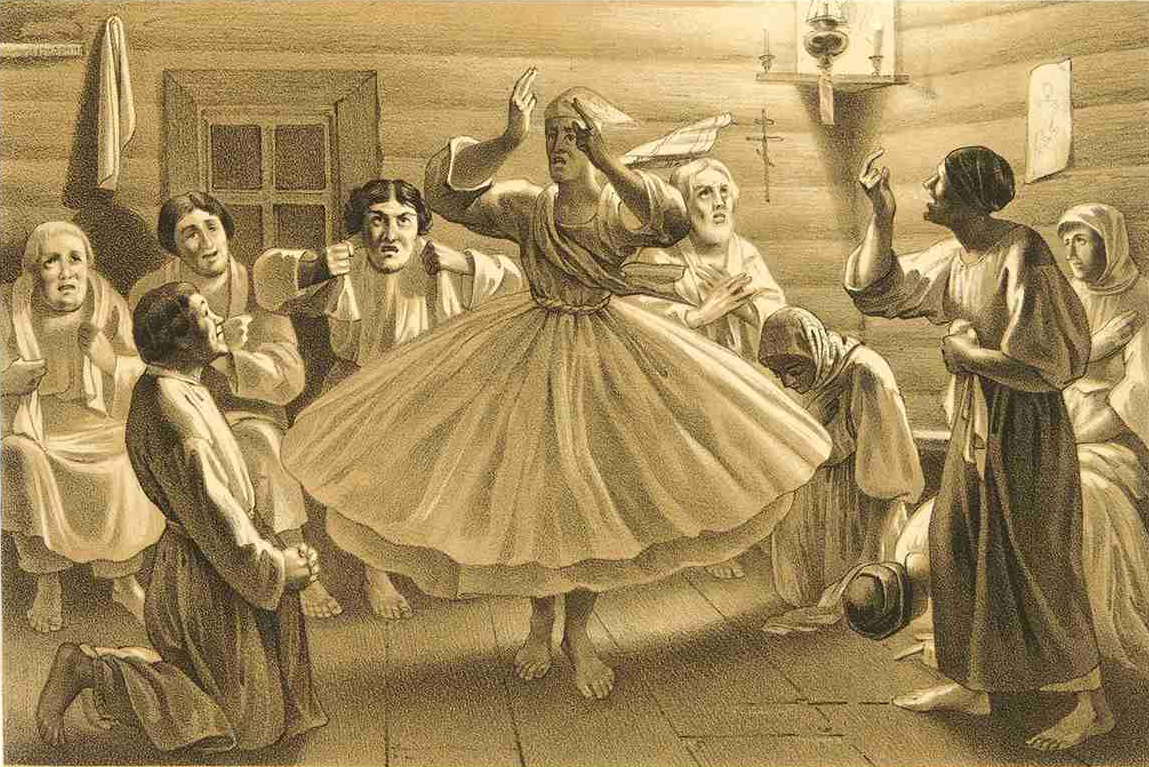
The Skoptsy The story of the Russian sect that maimed for its beliefs Russia Beyond
Khlysty(276 words) (Russ. Chlysty, "flagellant"), a polemical designation of a Russian dualistic sect which originated in the mid-17th century as a result of ecstatic-prophetic experiences and which gave itself the name Christy ("Christians") or Božʾi ljudi ("People of God"). It was founded by the farmer Danila Filippov, in whose.
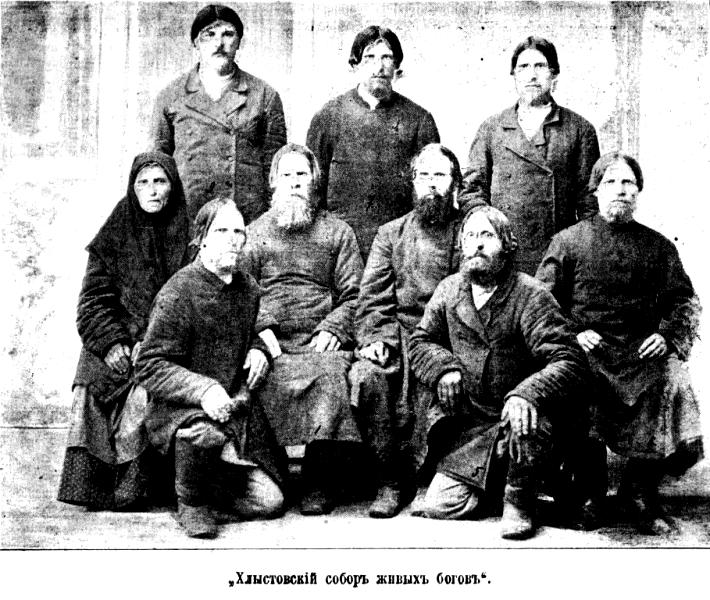
Khlysts1 Sang Bleu
The Big Change Most of the myths around Rasputin and his mystical powers primarily stem from his early affiliation with religion. In 1892, he left his family and set off to an orthodox Christian monastery to practice religious devotion. This journey had a huge significance in the life of Rasputin.
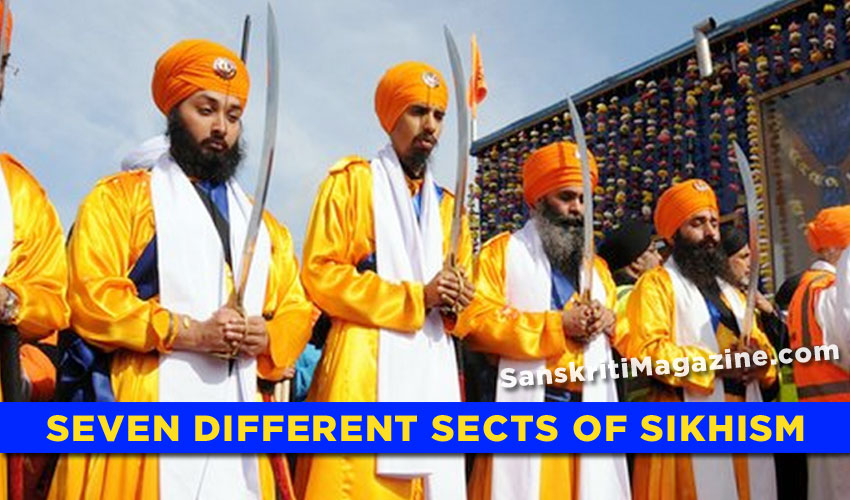
Seven different sects of Sikhism Sanskriti Hinduism and Indian Culture Website
…he was introduced to the Khlysty (Flagellants) sect. Rasputin perverted Khlysty beliefs into the doctrine that one was nearest God when feeling "holy passionlessness" and that the best way to reach such a state was through the sexual exhaustion that came after prolonged debauchery. Rasputin did not become a monk.… Read More
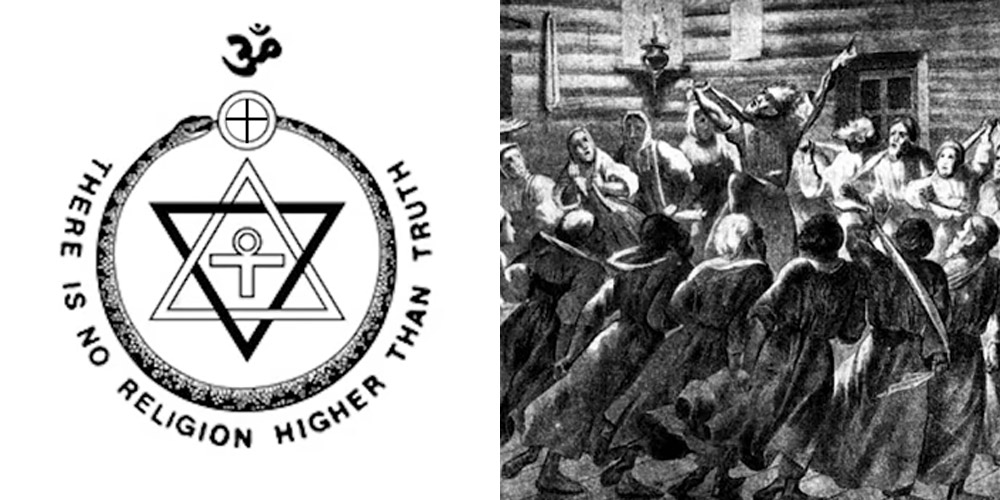
10 Cults From Ancient History Dusty Old Thing
An official by the name of Lubyanovsky used to say that Tsar Alexander I visited Selivanov before the Battle of Austerlitz in 1805. The Skoptsy leader begged the emperor not to "wage war with the.

Khlyst Sect Khlyst Sect
Khlysts or Khlysty (Хлысты in Russian) was an underground sect from late 17th to early 20th century that split off the Russian Orthodox Church and belonged to the Spiritual Christians (духовные христиане) tendency. Ecstatic ritual of Khlysts ("radeniye") Contents 1 Definition 2 History 3 Rasputin 4 Soviet era 5 In popular culture 6 See also

Lineage Tree of All Major Buddhist Sects Holy Vajrasana Temple & Retreat Center
The Khlysts or Khlysty ( Russian: Хлысты, IPA: [xlɨˈstɨ], lit. "whips") were an underground Spiritual Christian sect which emerged in Russia in the 17th century. The sect is traditionally said to have been founded in 1645 by Danilo Filippovich, although there is no written evidence to support this claim. The beliefs and practices of.